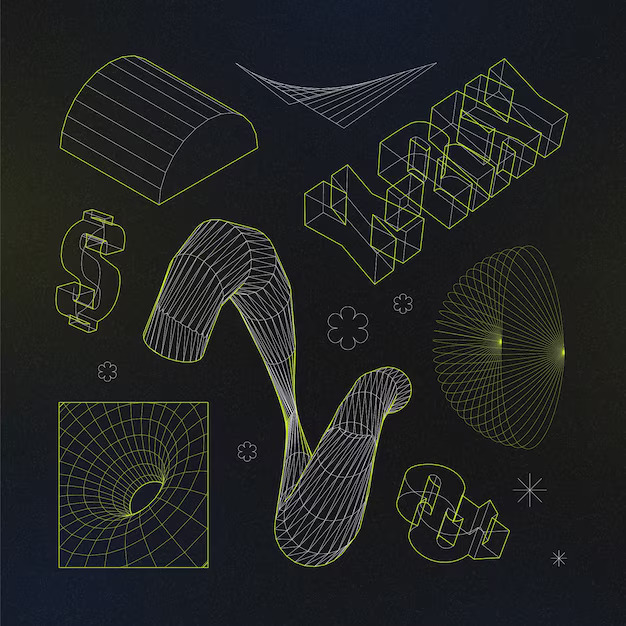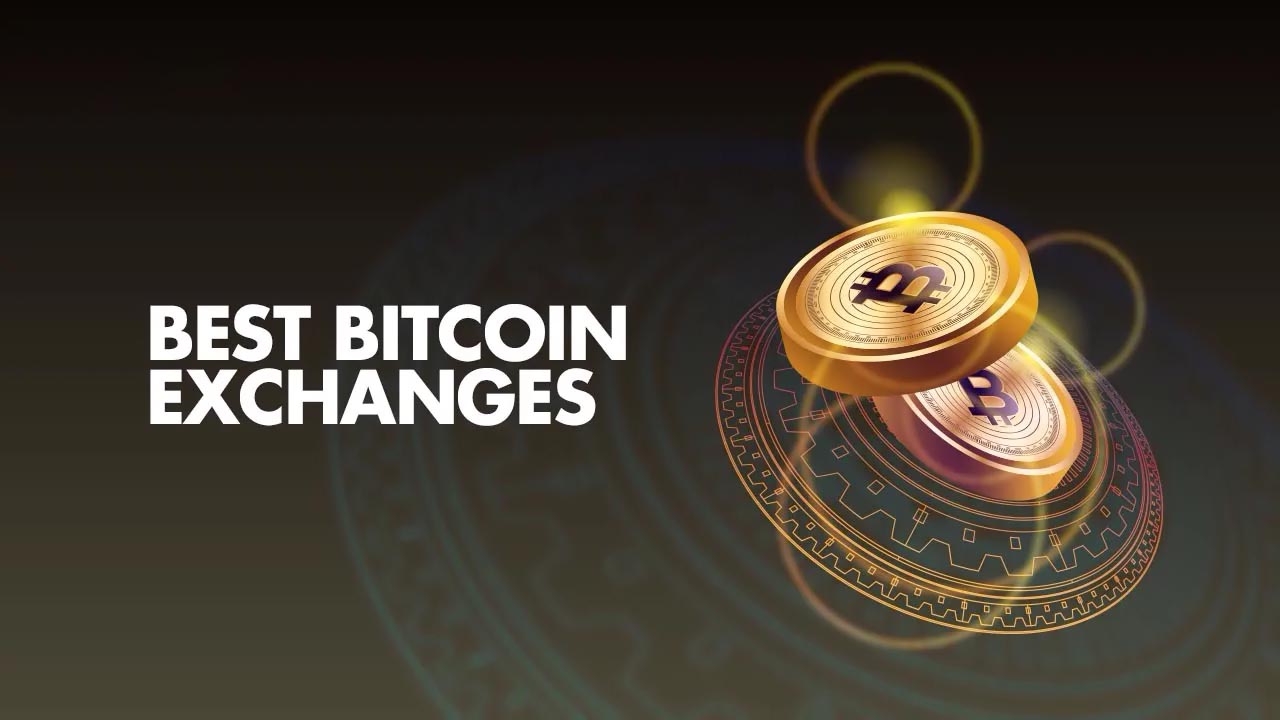Token vs Crysto Coin Key Difference

Token vs Crysto Coin Key Difference
When exploring the intricacies of the digital currency market, one is bound to encounter the terms “token” and “coin” quite frequently. While these terms may seem interchangeable at first, it is crucial to grasp their fundamental differences in order to navigate this landscape effectively.
For starters, let us explore the concept of tokens. Tokens, in the context of the digital realm, can be likened to digital assets or representations of real-world assets. They exist on a specific blockchain platform, utilizing its infrastructure to function. These tokens can take various forms and serve multiple purposes within their respective ecosystems. They often grant access to specific services, represent rights, or even act as a form of currency within their designated networks.
In contrast, coins are the native currency of a particular blockchain or cryptocurrency. Unlike tokens, coins often have their own independent blockchain, and their primary purpose is to act as a medium of exchange. These coins, commonly referred to as cryptocurrencies, are typically designed to function as a decentralized digital currency, ensuring secure and direct peer-to-peer transactions.
While both tokens and coins function within the realm of digital currencies, their distinguishing factors lie in the infrastructure they rely upon, their intended purpose, and the scope of their usage. Understanding these distinctions will undoubtedly prove invaluable in navigating the ever-evolving landscape of digital currencies and blockchain technology.
What are Tokens?
In the context of the topic “Token vs Coin: Understanding the Difference”, it is essential to comprehend the concept of tokens and their significance. Tokens, in this context, represent a fundamental element within blockchain technology and cryptocurrency ecosystems.
Tokens can be considered as digital assets that possess value and are built on top of existing blockchain networks. They function as a representation of ownership, utility, or access to specific resources or services within a decentralized network. Similar to how coins are used to facilitate transactions, tokens serve multiple purposes, including payments, rewards, voting rights, and much more.
Moreover, tokens come in various forms and are designed for specific use cases. They can be classified into different categories such as security tokens, utility tokens, governance tokens, and non-fungible tokens (NFTs). Each category offers unique characteristics and functionalities, catering to a wide range of applications.
It is important to note that tokens are not limited to a single blockchain network or platform. They can be created and exchanged across different blockchain ecosystems, allowing for interoperability and seamless integration between various decentralized applications.
Overall, tokens play a crucial role in the development and utilization of blockchain technology, enriching decentralized systems with enhanced functionality, economic incentives, and expanded possibilities. Understanding the intricacies of tokens is essential for comprehending the broader landscape of cryptocurrencies and their potential impact on various industries.
Characteristics of Tokens
In this section, we will explore the distinctive features that set tokens apart from coins, providing a deeper understanding of their nature and role within the cryptocurrency ecosystem. By delving into their unique attributes, we can gain insights into the various nuances they possess, allowing us to grasp the true differentiation between tokens and coins.
1. Functionality and Use Cases
Tokens exhibit a diverse range of functionalities and use cases that contribute to their versatility within the digital economy. Unlike coins, which primarily serve as a medium of exchange, tokens can serve multiple purposes. They can represent ownership rights, enable access to specific services or platforms, facilitate voting in decentralized governance systems, and even act as a reward mechanism within decentralized applications. This flexibility allows tokens to cater to a wide array of needs and requirements within different blockchain ecosystems.
2. Tokenization and Asset Representation
One key characteristic of tokens lies in their ability to tokenize real-world assets, representing them in a digitized form on a blockchain network. By converting physical assets or even intangible properties into tokens, the value and ownership of these assets can be seamlessly transferred and traded. This tokenization process enables more efficient and accessible means of asset management and transfer, removing traditional barriers and intermediaries. Moreover, it opens up opportunities for fractional ownership, as tokens can be fractionally divided, providing greater liquidity and investment options for individuals with varying financial capacities.
Use Cases for Tokens
The applications and purposes of tokens within blockchain technology are vast, with various use cases that cater to different needs and industries. These digital assets, often synonymous with cryptocurrencies, provide a multitude of opportunities for businesses and individuals alike.
1. Decentralized Finance (DeFi)
One prominent use case for tokens is in the realm of decentralized finance (DeFi). Tokens enable the creation of decentralized lending and borrowing platforms, allowing individuals to access financial services without intermediaries such as banks. These tokens can be used as collateral, facilitating peer-to-peer lending and enabling global access to financial opportunities.
2. Incentives and Rewards
Another important use case for tokens is in the realm of incentives and rewards. Companies can issue tokens as a means of incentivizing customers to engage with their products or services. These tokens can be earned or acquired through various actions, such as making purchases, referring others, or participating in loyalty programs. By providing tangible rewards in the form of tokens, businesses can foster customer loyalty and drive engagement.
| Use Case | Description |
|---|---|
| 3. Gaming and Virtual Economies | Tokens have gained significant traction in the gaming industry, allowing players to purchase in-game items, trade with other players, and even earn real-world value through tokenized gameplay. These virtual economies provide new opportunities for gamers and game developers alike, creating an ecosystem where tokens serve as a medium of exchange. |
| 4. Supply Chain Management | Tokens can be utilized in supply chain management to improve transparency, traceability, and efficiency. By tokenizing physical assets or goods, stakeholders can track their origin, movement, and quality throughout the supply chain. Smart contracts can automate processes and ensure trust, reducing inefficiencies and enabling secure, auditable transactions. |
These are just a few examples of the diverse use cases for tokens within the blockchain ecosystem. From revolutionizing finance to enhancing gaming experiences and improving supply chain operations, tokens offer a world of possibilities for innovation and disruption in various industries.
What are Coins?
Coins, in the context of cryptocurrency, refer to a form of digital assets that are used as a medium of exchange, just like physical coins in traditional currencies. These cryptographic coins hold value and can be transferred between individuals or entities as a means of payment or investment.
Unlike tokens, coins are typically built on their own independent blockchain networks, which serve as a decentralized ledger to record transactions and verify the ownership of the coins. They are designed with specific functionalities and are often used as the native currency of a blockchain platform.
Coins can be obtained through various means, including mining or purchasing them through cryptocurrency exchanges. They can be stored in digital wallets and used to participate in blockchain networks, pay for goods and services, or traded on exchanges to generate profits.
One notable feature of coins is their finite supply, which is dictated by the rules established by the blockchain protocol. This limited supply creates scarcity and contributes to the value of the coins. Additionally, some coins may offer additional features such as staking or voting rights within their respective blockchain ecosystems.
| Key Features of Coins |
|---|
| 1. Medium of exchange |
| 2. Built on independent blockchains |
| 3. Obtained through mining or purchasing |
| 4. Stored in digital wallets |
| 5. Limited supply |
| 6. Potential additional features |
Differences between Tokens and Coins
In the world of blockchain and cryptocurrency, there exists a distinction between two types of digital currencies, tokens and coins. Although they are often used interchangeably, understanding their differences is crucial for grasping the nuances of the blockchain ecosystem.
At a high level, tokens and coins serve as digital representations of value, but their underlying principles, functionalities, and purposes set them apart. Tokens are typically built on existing blockchain platforms, such as Ethereum, and rely on smart contracts to define their functionality. Coins, on the other hand, like Bitcoin or Litecoin, operate on their own blockchain networks and possess their dedicated infrastructure.
One key difference between these two digital currencies lies in their level of independence. Coins operate independently, being fully functional within their own blockchain networks. They serve as a medium of exchange and store of value within their respective ecosystems, allowing for direct peer-to-peer transactions. Tokens, on the other hand, depend on external blockchain platforms for their existence and functionality. They rely on the infrastructure of the hosting blockchain network and are often used to represent assets, access rights, or utility within a particular application or ecosystem.
Another distinction can be observed in terms of the ease of creating and managing tokens and coins. Tokens can be created relatively easily, utilizing the existing infrastructure and protocols of the hosting blockchain platform. This flexibility allows for the creation of a variety of tokens with different functionalities and properties. In contrast, the creation of coins requires the development of an entirely new blockchain network, which necessitates significant resources, technical expertise, and community support.
Furthermore, the purpose and use cases of tokens and coins differ. Tokens primarily find utility within specific applications, decentralized platforms, or ecosystems. They can represent ownership of assets, provide access to certain services or products, facilitate decentralized governance, or even reward users for participation. Coins, on the other hand, are primarily designed as a medium of exchange and store of value. They aim to serve as a digital currency that can be used for everyday transactions, similar to traditional fiat currencies.
Understanding the differences between tokens and coins is crucial for navigating the intricacies of the blockchain and cryptocurrency world. By recognizing their unique characteristics and functionalities, one can better grasp the various use cases, benefits, and limitations offered by each, ultimately making more informed decisions within the evolving digital landscape.
Q&A: Token vs coin
What distinguishes a crypto coin from a crypto token?
A crypto coin is a digital currency that operates independently on its blockchain, such as Bitcoin (BTC), while a crypto token is a digital asset issued on an existing blockchain, like Ethereum (ETH).
Could you explain the difference between coins and tokens in the crypto space?
Coins typically have their blockchain and are used primarily as digital currencies for transactions, while tokens are coin vs token created on existing blockchains and can represent various assets, including utility, security, or fungible assets.
How does an ERC-20 token relate to Ethereum (ETH) and its blockchain?
An ERC-20 token is a type of token standard on the Ethereum blockchain, defining a set of rules for creating and interacting with tokens. These tokens adhere to the ERC-20 standard, allowing for compatibility and interoperability within the Ethereum ecosystem.
Can you provide examples of native coins on their respective blockchains?
Bitcoin (BTC) is an example of a native coin on its blockchain, known as the Bitcoin blockchain, while Ethereum (ETH) is the native coin of the Ethereum blockchain.
What role does the Ethereum blockchain play in the creation and management of tokens?
The Ethereum blockchain serves as a platform for creating and managing tokens through smart contracts. It enables crypto coins and tokens developers to issue and customize tokens according to their specific use cases, leveraging the functionality provided by Ethereum’s network.
How do ERC-20 tokens differ from native coins like Bitcoin (BTC) or Ethereum (ETH)?
ERC-20 tokens are created on the Ethereum blockchain and follow a specific set of standards, allowing for coin or token interoperability with Ethereum-based applications, whereas native coins like Bitcoin (BTC) or Ethereum (ETH) have their blockchains and operate independently.
Can you elaborate on the various types of tokens that exist within the crypto space?
Tokens in the crypto space can represent a wide range of assets, including utility tokens used for accessing services, security tokens representing ownership rights, and fungible tokens that can be exchanged on a one-to-one basis, among others.
How do users determine whether a digital asset is a coin or a token?
Users can determine whether a digital asset is a coin or a token by understanding its underlying technology and purpose. Coins typically have their blockchains and function as currencies, while tokens are created on existing blockchains and serve various purposes beyond currency.
What factors influence the choice between creating a coin or a token for a particular project?
Factors such as project goals, technical requirements, regulatory considerations, and the desired functionality of the asset can influence the choice between creating a coin or a token. Tokens may offer more flexibility and cost-effectiveness for certain use cases.
How do coins and tokens contribute to the overall ecosystem and functionality of the crypto market?
Coins and tokens play vital roles in the crypto ecosystem, facilitating transactions, powering decentralized applications, representing ownership rights, and enabling innovative solutions across various industries. Their interoperability and versatility contribute to the growth and development of the crypto market.





